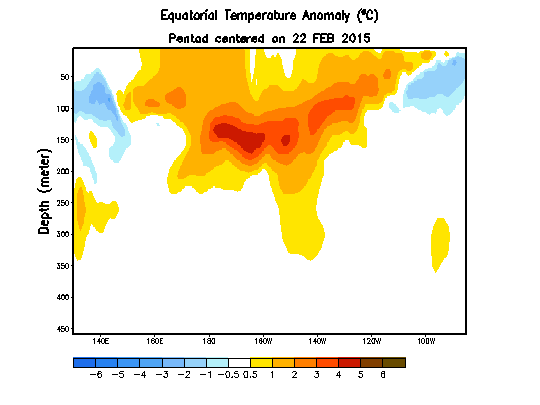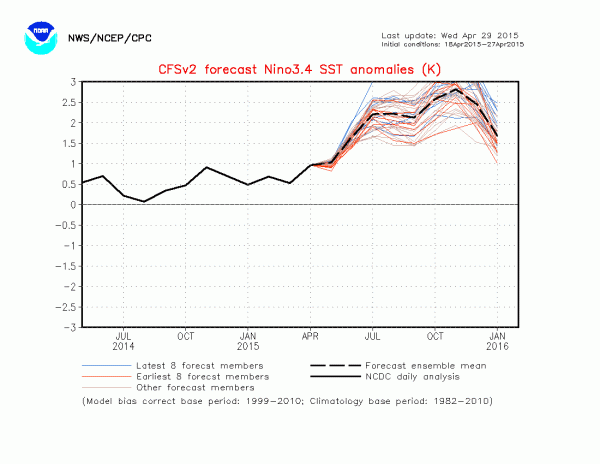Bigger
Earthquake Coming on Nepal's Terrifying Faults
28
April, 2015
Nepal
faces larger and more deadly earthquakes, even after the
magnitude-7.8 temblor that killed more than 4,000 people on Saturday
(April 25).
Earthquake
experts say Saturday's Nepalearthquake did
not release all of the pent-up seismic pressure in the region near
Kathmandu. According to GPS monitoring and geologic studies, some 33
to 50 feet (10 to 15 meters) of motion may need to be released, said
Eric Kirby, a geologist at Oregon State University. The earth jumped
by about 10 feet (3 m) during the devastating April 25 quake, the
U.S. Geological Survey reported.
"The
earthquakes in this region can be much, much larger," said
Walter Szeliga, a geophysicist at Central Washington University.
Seismologists
have extensively studied the possibility of damaging earthquakes in
the central Himalayas. Through analyzing written histories,
looking for clues from damaged buildings and digging along faults,
researchers know of several damaging earthquakes in the past, but not
their precise size. [See
Photos of This Millennium's Destructive Earthquakes]
Nepal
was overdue for a major earthquake, said Marin Clark, a geophysicist
at the University of Michigan. "It has been a long time since
the last big rupture, so this is not unexpected," Clark said.
One
of the region's most devastating recent quakes occurred in 1934, when
a magnitude-8.2 earthquake killed over 8,500 people in Kathmandu.
Before then, the last time such animmense
quake struck Kathmandu was
on July 7, 1255. That quake killed about 30 percent of the
population. The region west of Kathmandu has been seismically quiet
since June 6, 1505, when a great earthquake toppled buildings from
Tibet to India.
A
woman cries as she waits near a collapsed house where her son is
trapped, as rescue efforts go on …
Crash
zone
Nepal
is one of the world's most earthquake-prone regions because it lies
at the head-on collision between two tectonic plates. India is
slamming into Asia, and neither wants to give. Both India and Asia
are continental crust, of the same average density. So instead of one
plate sinking beneath the other, such as is happening at the
ocean-continent plate collision offshore South America, the Earth's
crust crumples. Slices of India peel off and slowly squeeze under
Asia, while Asia is mashed upward, forming the Himalayas.
India
and Asia collide at
about eight-tenths of an inch (2 centimeters) per year. Most of that
energy is loaded onto earthquake faults as elastic strain because the
faults are stuck together. Loading a fault is like squeezing a
spring; an earthquake releases the built-up energy similar to an
uncoiling spring.
Scientists
think earthquakes that are magnitude 7.8 in size can't release all of
the strain between India and Asia. Instead, history suggests most of
the stored energy gets uncorked as earthquakes that are magnitude 8
or greater, according to geologic studies. It would take scores of
magnitude-7 quakes to accommodate all of the plate motion, but only a
handful of midsize, magnitude-8 quakes, or one magnitude 9. (The
energy released by a quake increases by a factor of 30 with each
additional point in magnitude.) [Video:
What Does Earthquake 'Magnitude' Mean?]
"It
seems likely that the amount of slip in this earthquake probably
didn't make up for the complete deficit," Kirby said.
The April
25 earthquake struck
on one of the many thrust faults that mark the boundary between the
two plates. Thrust faults are the most terrifying of all faults
because they lie at an angle. This shallow angle means a massive part
of the Earth's crust can lurch during an earthquake. Steeper faults
quickly grow too warm and soft to break; as rocks get deeper, they
flow like putty, Szeliga said. During the Nepal temblor, a piece of
crust roughly 75 miles (120 kilometers) long and 37 miles (60 km)
wide jogged 10 feet (3 m) to the south. The fault angled only 10
degrees from the surface, and the quake was only 9 miles (14 km)
deep.
"This
one was relatively shallow, which intensifies the surface shaking,"
Clark said.
From
seismic readings, many scientists suspect the fault did not break all
the way to the surface, like the
1994 Northridge earthquake in Los Angeles.
That's another indication that the earthquake did not unleash all of
the stored strain in the region, Kirby said. The seismic instruments
can detect where the strongest motion occurred on the fault.
However,
even without a surface trace, GPS instruments and InSAR (radar from
satellites) will provide precise tracking of how the ground shifted
during the earthquake, Szeliga said. The data will help ground-truth
scientist's models of Himalayan tectonics.
"Now's
the chance to see who made predictions that were even remotely
testable, and if they stand up," Szeliga said.













